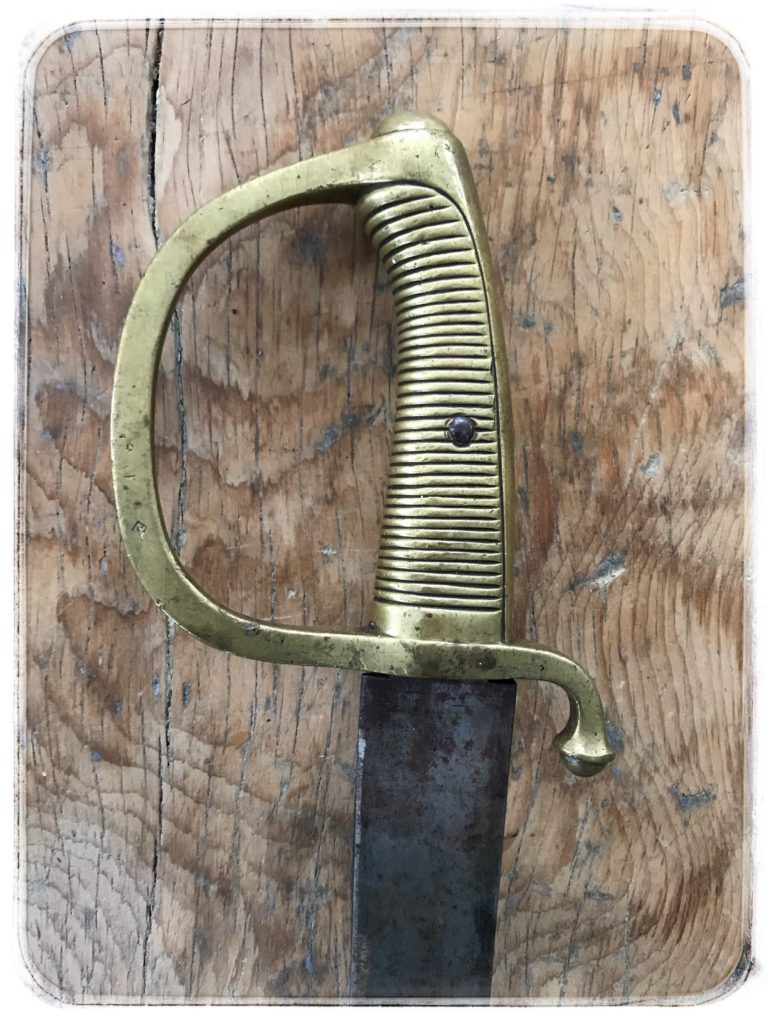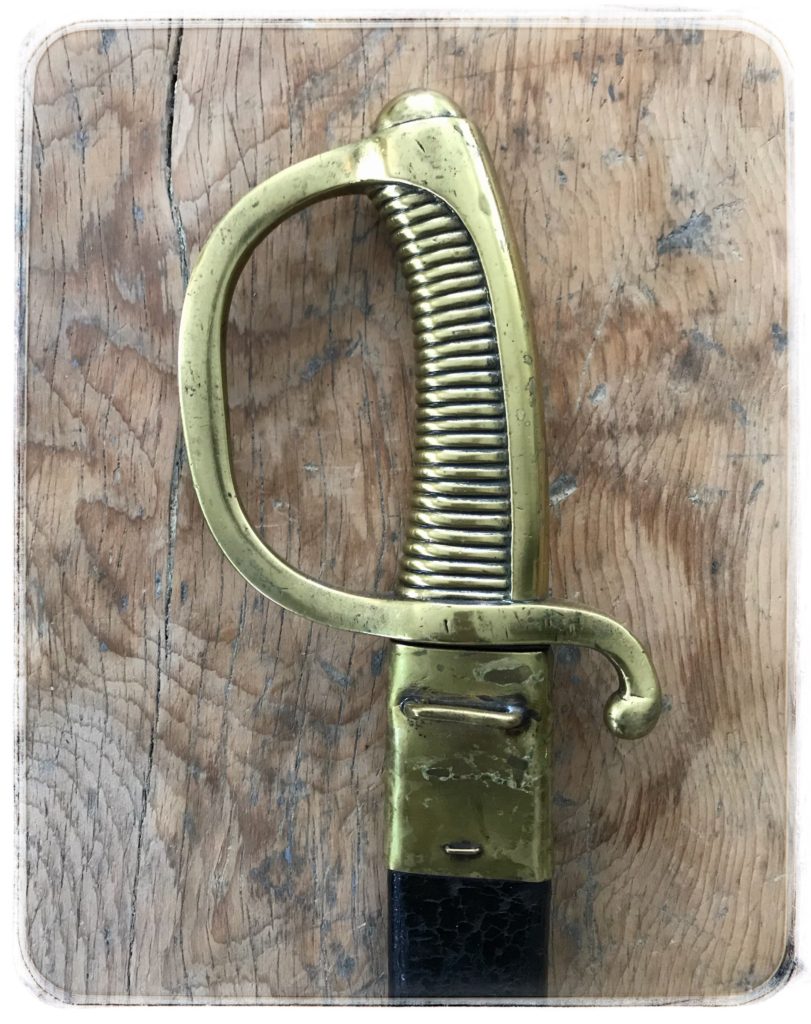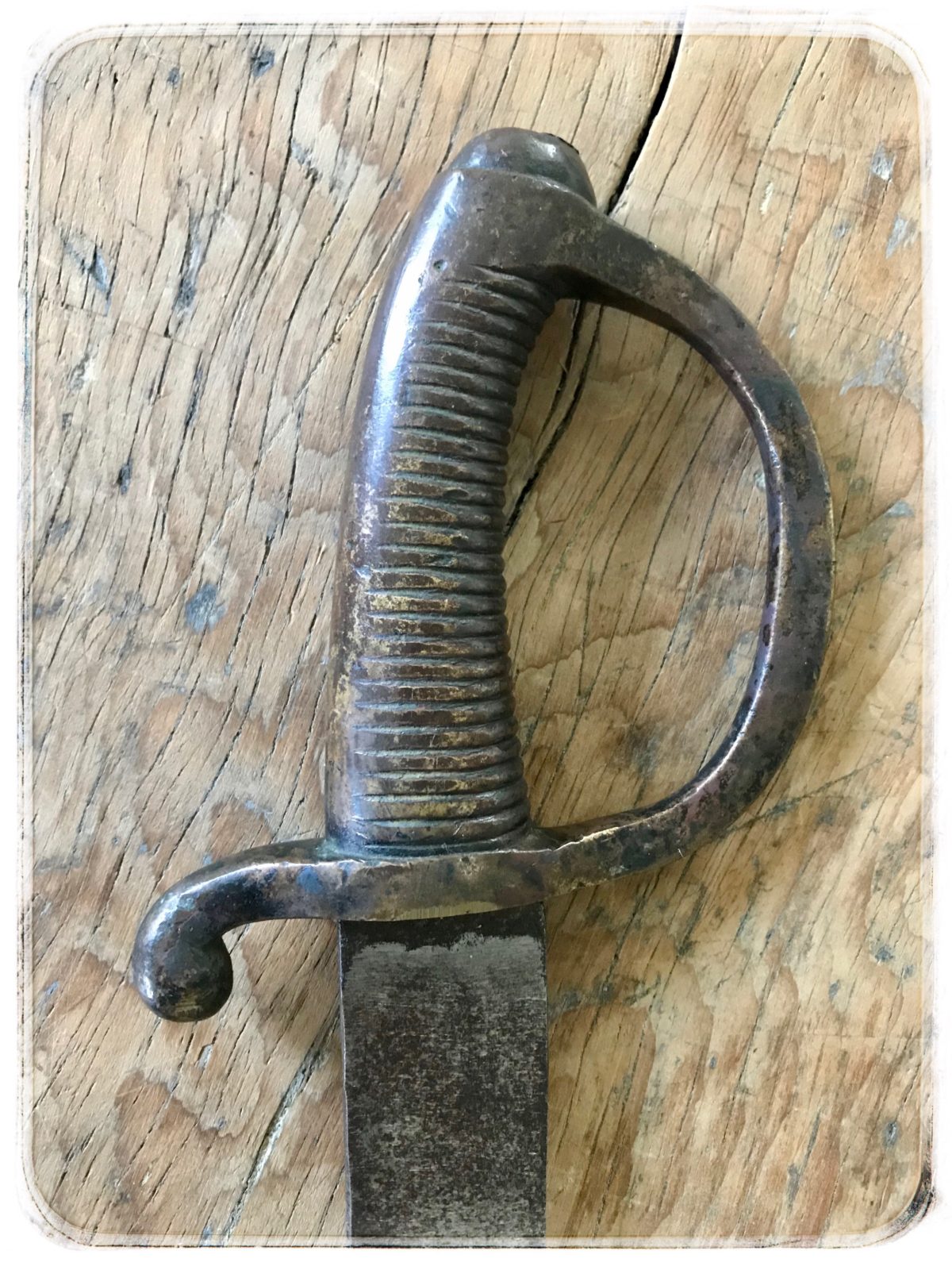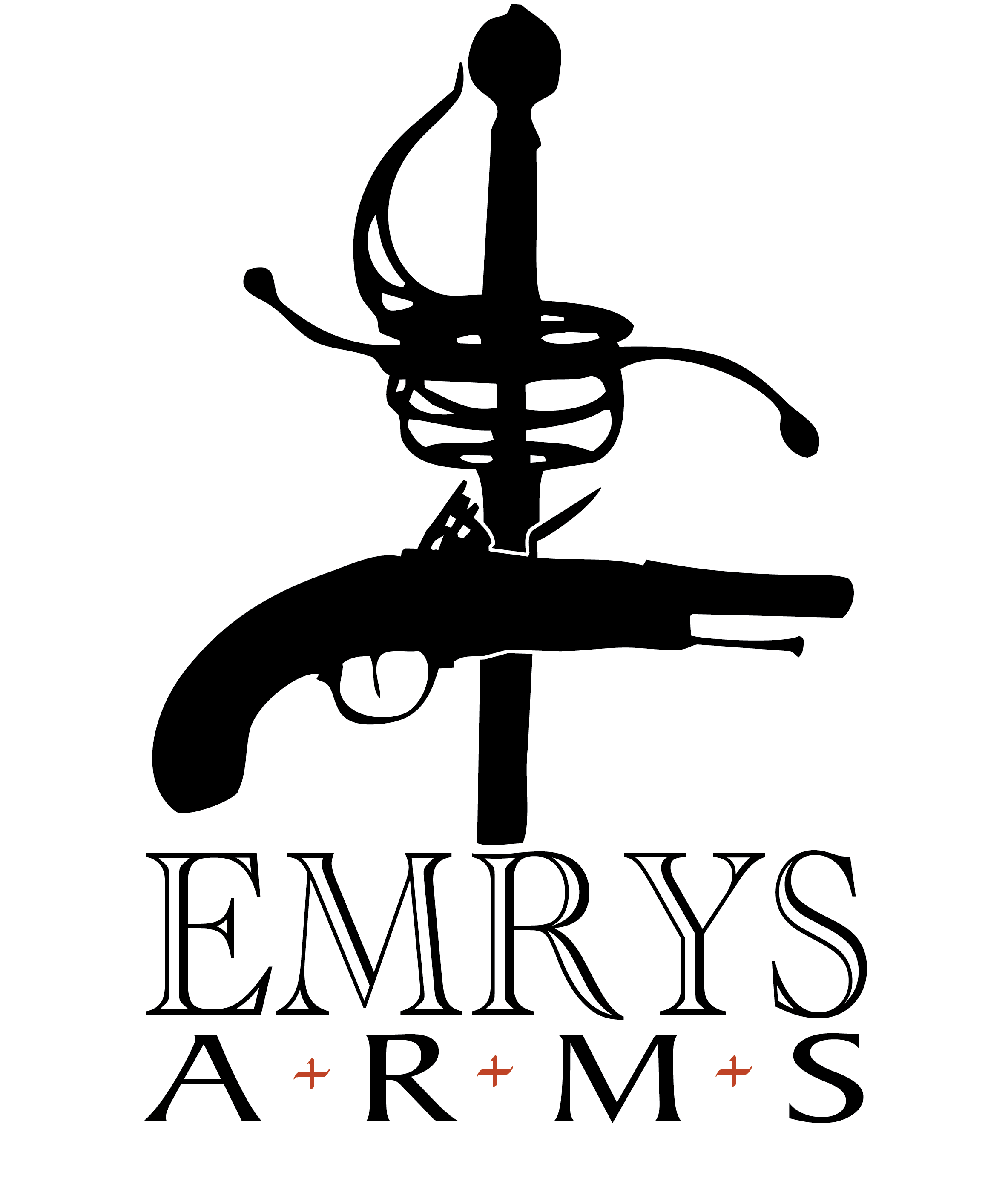As for the sabre-briquet, “in 1767 the fusilier’s épée was abolished, and the infantry sidearm was standardised as a short, flat-bladed and slightly curved sabre-briquet (meaning ‘lighter sabre’) with a simple and straight stirrup hilt [“D” guard]. This sabre-briquet was not a completely new sword, as it had previously been in use with foreign troops in French service, but was now more widely issued.”
Around 1800 the guard was changed and over the next few years saw two further modifications. While initially carried by the French, this style can also be found in Spain, Germany and Russia (perhaps other countries as well) as large numbers of them were captured and also copied after the Napoleonic War.



We use cookies to improve your experience on our site. By using our site, you consent to cookies. Enjoy the cookies...they're delicious...
Websites store cookies to enhance functionality and personalise your experience. You can manage your preferences, but blocking some cookies may impact site performance and services.
Essential cookies enable basic functions and are necessary for the proper function of the website.
Statistics cookies collect information anonymously. This information helps us understand how visitors use our website.
Google Analytics is a powerful tool that tracks and analyzes website traffic for informed marketing decisions.
Service URL: policies.google.com

